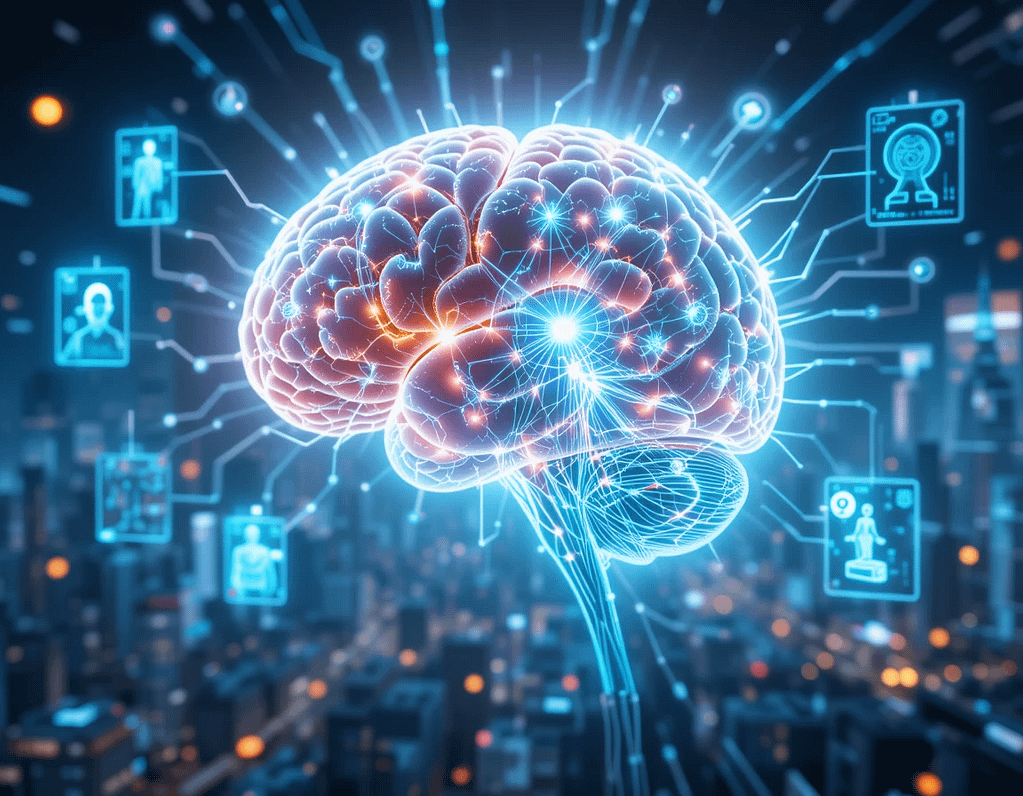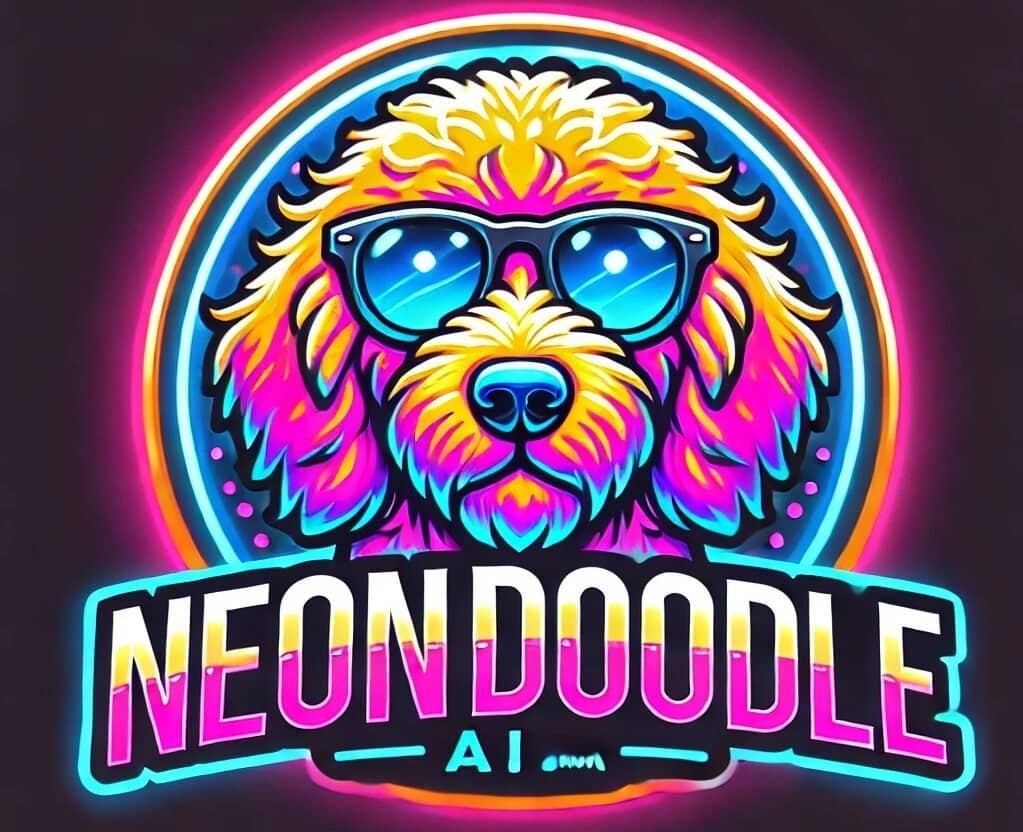
The AI Revolution Accelerates in 2025
As of March 12, 2025, the artificial intelligence (AI) landscape is buzzing with potential. We’re not just tweaking existing models anymore—we’re on the cusp of paradigm shifts in healthcare, business, generative AI and customer service that could redefine how we live, work, and explore the universe. Drawing from current trends, research trajectories, and the ambitious ethos of innovators like xAI, I’ve zeroed in on five AI breakthroughs that could dominate headlines by year’s end. From machines that think like humans to systems that rewrite their own code, here’s what’s coming—and why it matters.
1. Unified Multimodal AI: The All-Seeing, All-Knowing Machine
Imagine an AI that doesn’t just read text or generate images but fuses every sensory input—text, visuals, audio, maybe even touch—into a seamless reasoning powerhouse. By late 2025, I predict we’ll see unified multimodal AI take center stage. Unified Multimodal AI is poised to become a transformative force, integrating diverse data types—text, images, audio, and video—to create systems that are more intuitive, capable, and contextually aware.This isn’t about stitching together separate modules (like today’s GPT-4o or Google’s Gemini); it’s a holistic brain that processes a video, hears the dialogue, and critiques the plot with uncanny insight, much like the new platform from China called “Manus.”
2. Quantum-Powered AI Training: Speed Meets Scale
Training today’s massive AI models takes months and guzzles energy like a small city. Enter quantum-powered AI training, a breakthrough I’d bet on for 2025. Driven by breakthroughs in hardware, hybrid systems, and algorithmic innovation. Here’s how this convergence is reshaping AI development and Quantum computing, long a sci-fi tease, is maturing—IBM and Google are pushing the envelope—and pairing it with AI could slash training times to days while tackling problems too complex for classical computers.
Picture this: a trillion-parameter model for climate prediction or drug discovery, trained in a weekend. The trend’s clear—quantum supremacy is nearing practical use, and AI’s computational hunger makes it a perfect match. This could unlock hyper-specialized tools, making 2025 the year AI goes from “big” to “unthinkable.” By late 2025, expect wider adoption of quantum-inspired AI models that blend classical and quantum techniques
3. Self-Improving AI: The Machine That Evolves Itself
What if an AI didn’t need humans to get smarter? By 2025, I expect self-improving AI—sometimes called recursive intelligence—to step into the spotlight. This is a system that spots its own flaws (say, a reasoning bias) and rewrites its code to fix them, all without a programmer’s nudge.
We’re already seeing hints with AutoML and meta-learning, but 2025 could bring a leap where AI iterates autonomously. xAI’s mission to fast-track human discovery aligns perfectly here—imagine an AI that evolves to crack physics puzzles overnight. Ethics debates will flare (how do you control a self-upgrading brain?), but the potential’s staggering.
4. AI-Driven Biological Interfaces: Merging Mind and Machine

Elon Musk’s Neuralink is just the tip of the iceberg. By 2025, AI-driven biological interfaces could crack real-time neural signal translation—turning brainwaves into commands or thoughts into text. Picture an AI that learns your neural patterns via reinforcement learning, then powers intuitive prosthetics or lets paralyzed individuals “speak” through thought alone.
The trend’s building: non-invasive brain tech is advancing, and AI’s pattern-decoding skills are sharpening. This could bridge the human-machine divide, making 2025 a milestone for accessibility and transhumanism. Sci-fi? Sure. But it’s closer than you think.
5. Energy-Efficient AI at Scale: Green Tech Goes Big
AI’s dirty secret? It’s an energy hog—training one model can match a car’s lifetime carbon footprint. I’m forecasting a 2025 breakthrough in energy-efficient AI, where sparse neural networks or neuromorphic chips cut power use dramatically. Think models that run on a fraction of today’s juice without sacrificing punch.
Why 2025? Climate pressure’s mounting, and Big Tech’s racing to innovate—Google’s already teasing sustainable AI frameworks. This could democratize the field, letting startups wield monster models without bankrupting the planet. It’s practical, urgent, and overdue.
Why These Breakthroughs Matter
These aren’t standalone wins—they’ll amplify each other. They are paving the way for a future where AI is more intuitive, efficient, and impactful across every aspect of society. Multimodal AI could leverage quantum training for speed, self-improving systems could optimize biological interfaces, and energy-efficient designs could make it all scalable. By December 2025, we might look back and say this was the year AI stopped mimicking humans and started outpacing us.
For society, the stakes are high. Jobs, ethics, and equity will shift—fast. A Mars rover with multimodal smarts could redefine exploration, while brain-linked AI could transform healthcare. But with great power comes great debate: who controls self-improving AI? How do we regulate quantum leaps?
What do you think? Are you rooting for a mind-melding AI or a quantum-powered leap? Drop your thoughts below—I’d love to hear your take. The future’s unwritten, but 2025’s shaping up to be one hell of a chapter.


